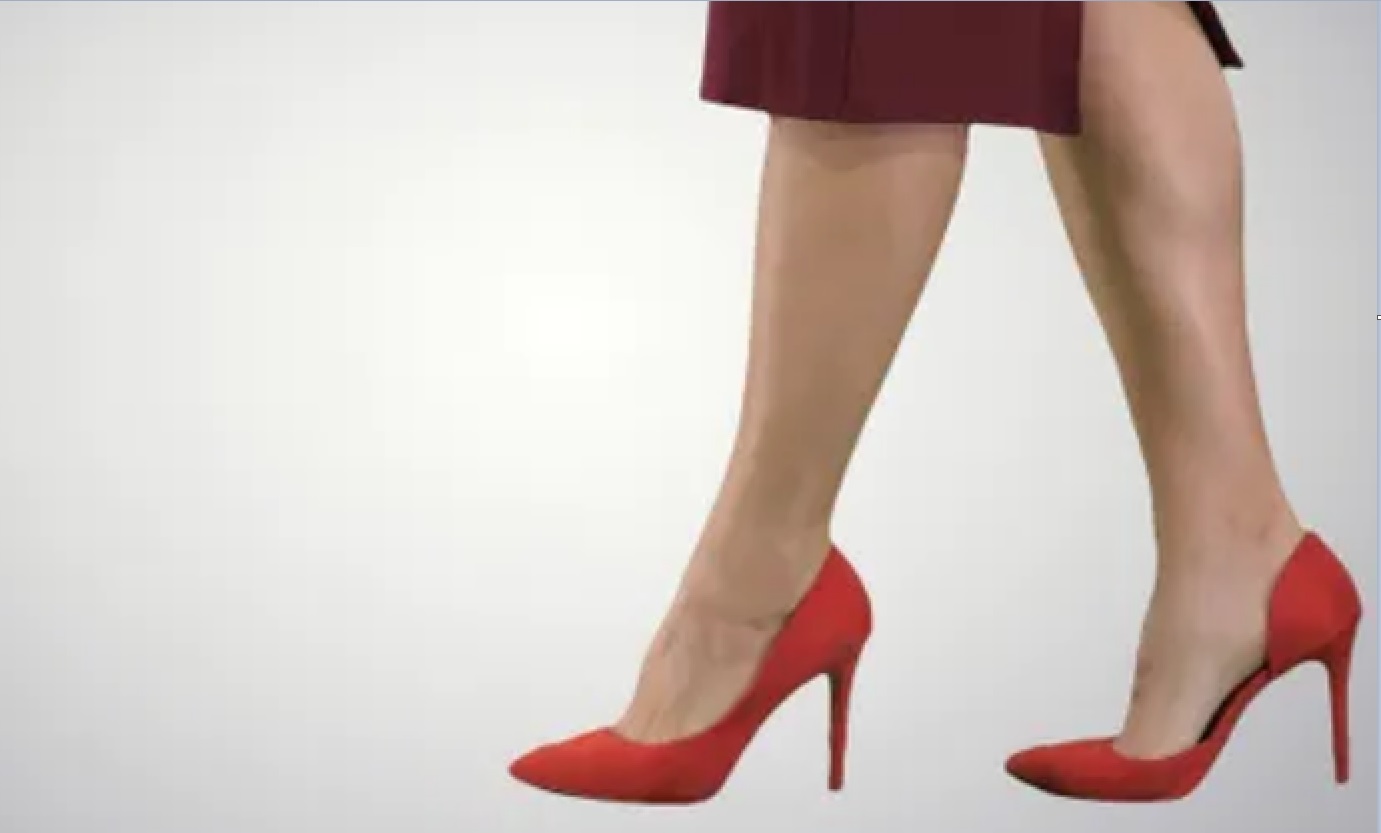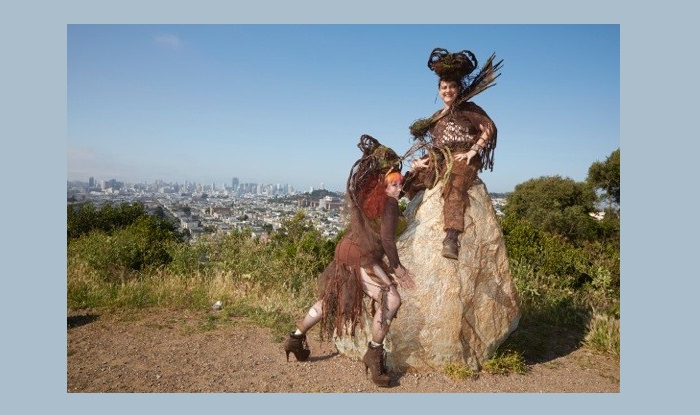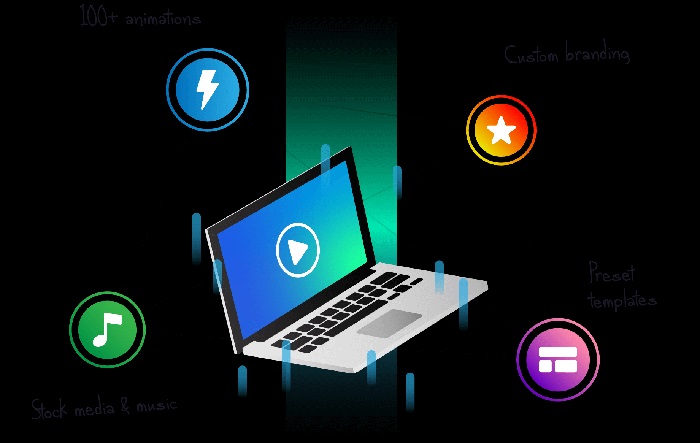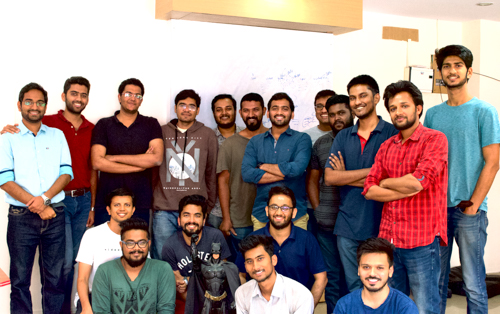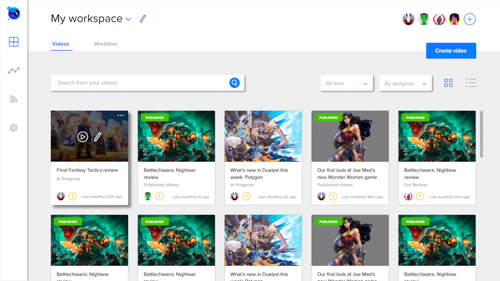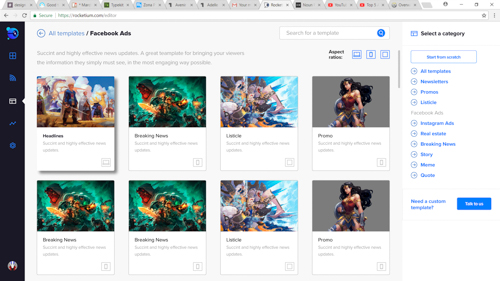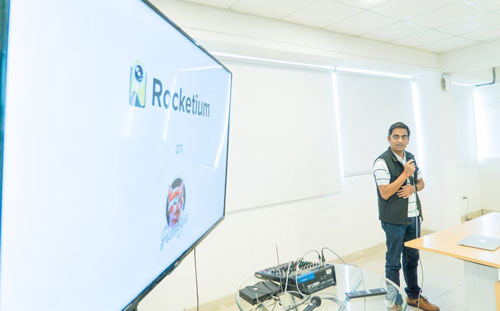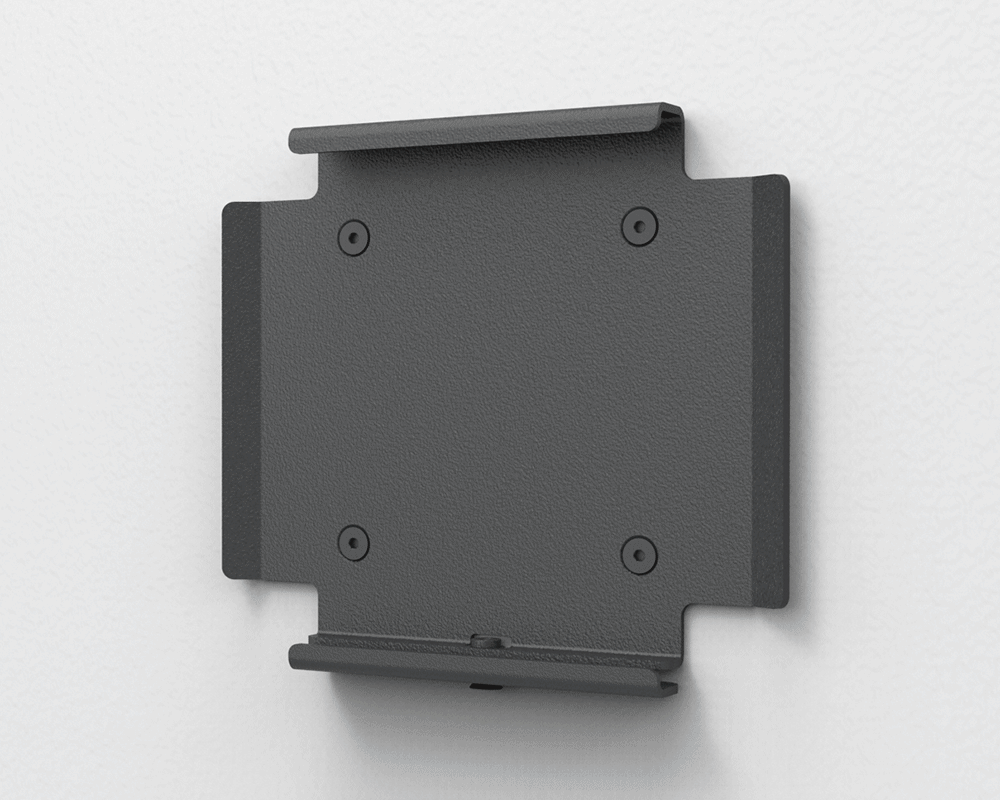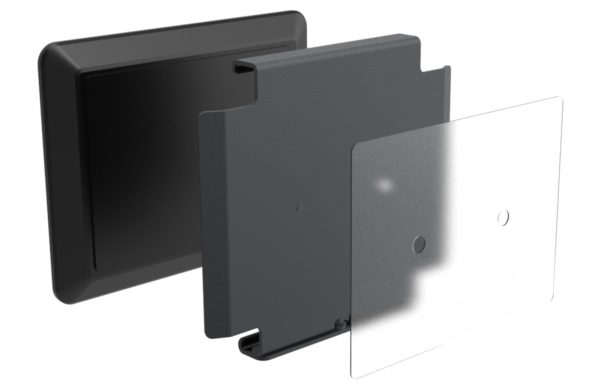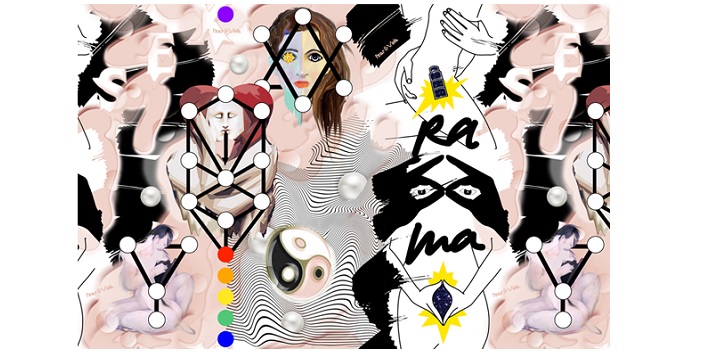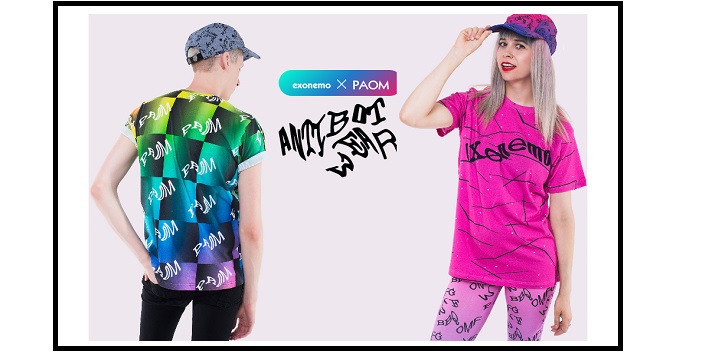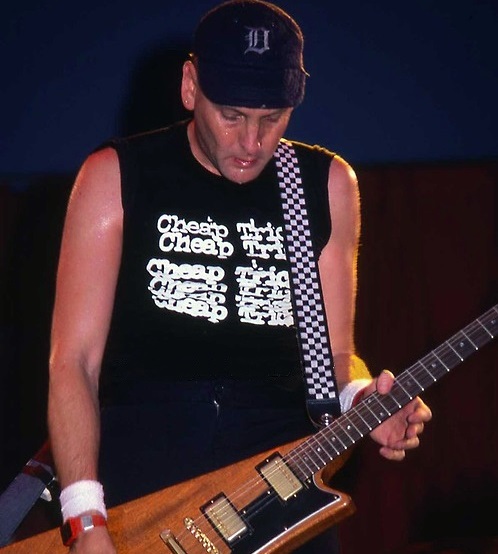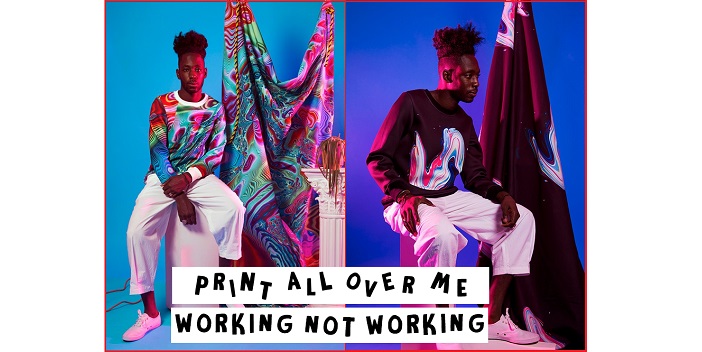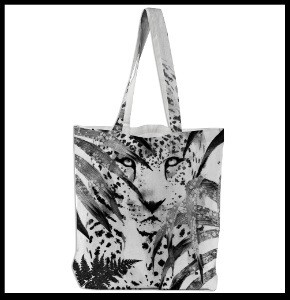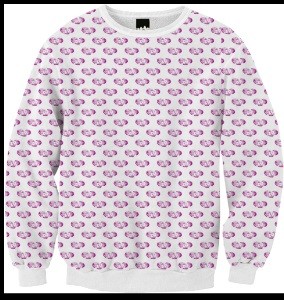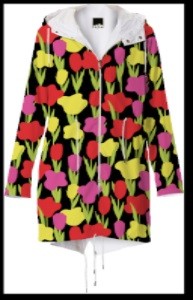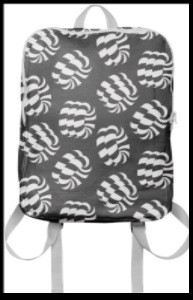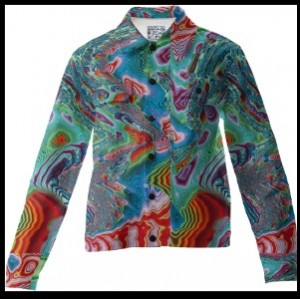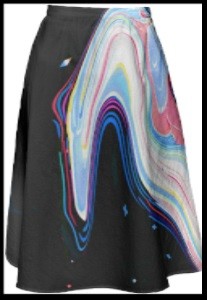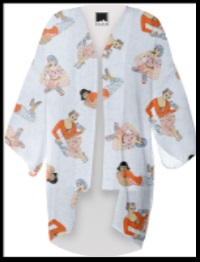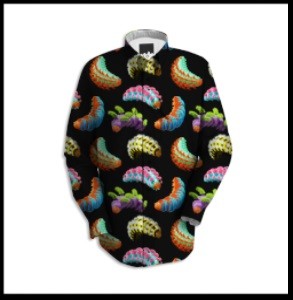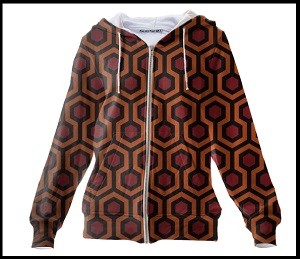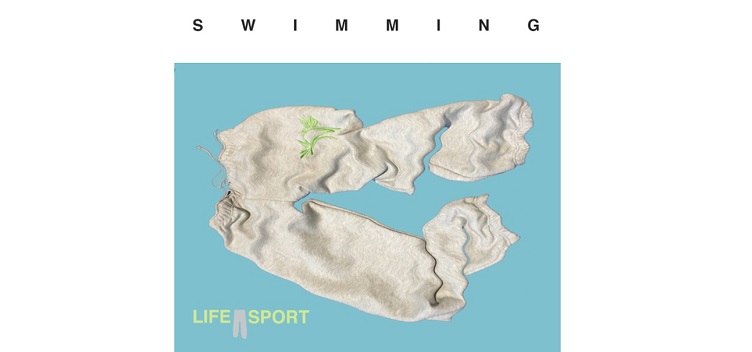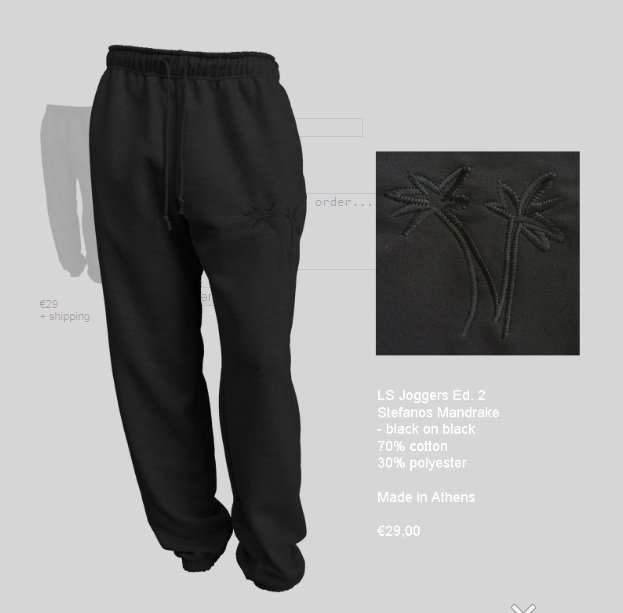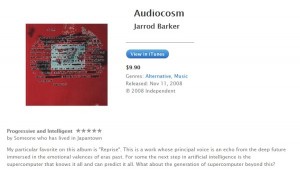Claudia is drawn to regions which are borderlands, geographically and psychologically and have been rendered throughout history by artists. Her work is process driven and deeply shaped by its relationship to daily life, a passion for history and art made by women.
Claudia talks about her process; ‘When I get going, there is a certain energy, and impulse within me and picking up from the residues of leftovers from previous sessions, remnants that I have been living with since. One of the main ingredients that informs my decisions seems to be reacting to impulse to distil [UK spelling. US spelling ‘distill’] and repair something. Even though I don’t know what that is.’ (From Obscure Secure, exhibition catalogue, in conversation with Hayley Field and Jacqueline Utley, 2014.)
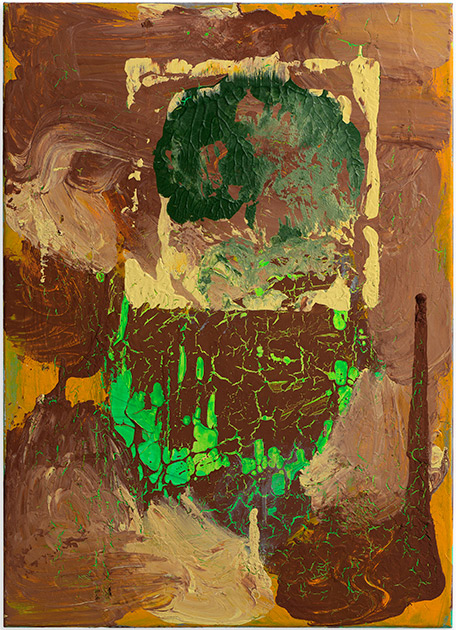
CBP: Your abstract paintings feel like individual identities, each with an independent relationship with you, rather than products of a series. Can you introduce something about your approach to painting?
Claudia Böse: I very much like your first paragraph as nobody ever pointed this out to me. It is kind of obvious to me that each painting is very separate from the others and never part of a series.
I never know what I am going to paint. Painting is bigger than me.
When I start to get into the painting it is out of this world and right in it too.
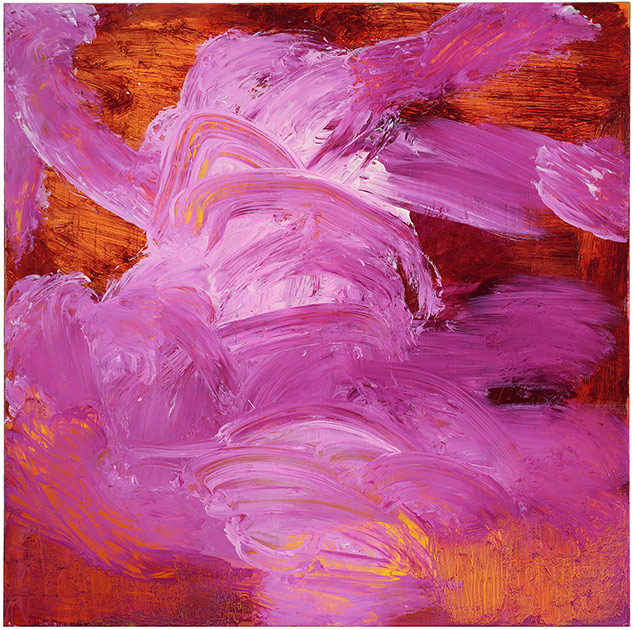
CBP: Describe a typical starting point for one of your paintings?
CB: I get paints, brushes, palette knives, plenty of time, rags, and quiet space. I sit for quite a long time just looking and listening. I am waiting to start. I begin at some moment and that is it. I am on auto pilot. Sometimes there are older panels in the studio which I might also work on. I might just give one painting one coat of new colour or scrape off the middle of an older work. Anything can happen.
For the past 10 years I painted in this Church on the second floor. Our allotment is also near. During Covid I had this place for two years to myself which was an amazing experience. When do we get any thing like this as a painter? I wonder this might also be the only time I have ever sold so many paintings. There was a special integrity at work for a short time and has not happened again.
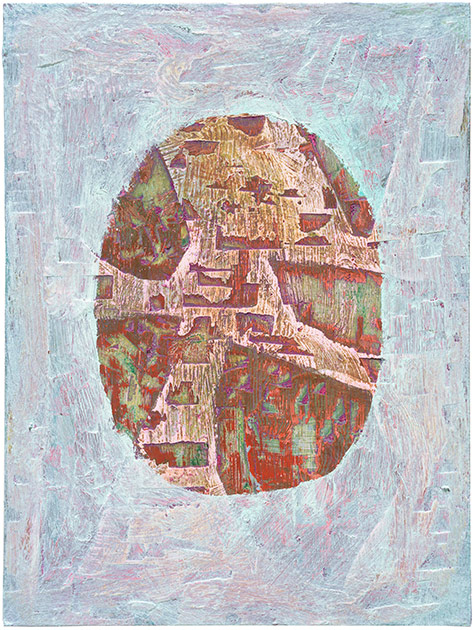
CBP: Erasure and removing paint is a fundamental process of yours and other painters. Can you talk more about scraping away?
CB: Scraping away and moving paint, it is not about the surface only I think about, but as important is the below and next to it and underneath it, with its own structure and beauty and rules – on one level it is not decorative, there is a reason, giving it space also to its own being. I am German and British, but too much to get into it here.
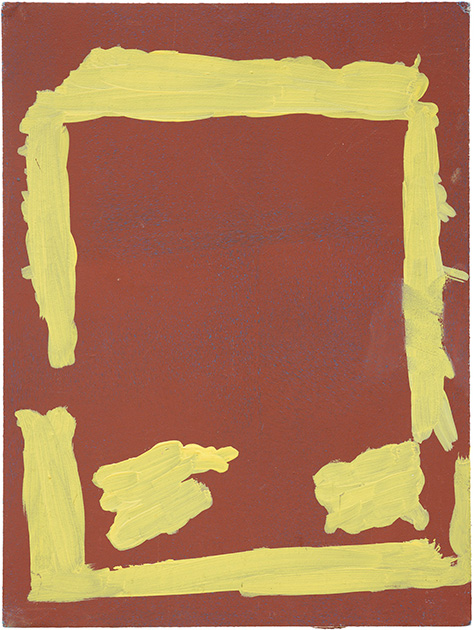
CBP: You discuss your pull to borderless regions that have been interpreted throughout history by artists and writers. This is a very evocative connection between the feeling, process and scholarly to paint research. Could you talk about this connection in more detail?
CB: Perhaps this is something painters do to find out about visual existence and expression of finality. I moved for three years to the island of Ruegen where Caspar David Friedrich lived and worked. I moved there to see with my own eyes what he saw and painted then. Constable and Sebald interest me for similar reasons.
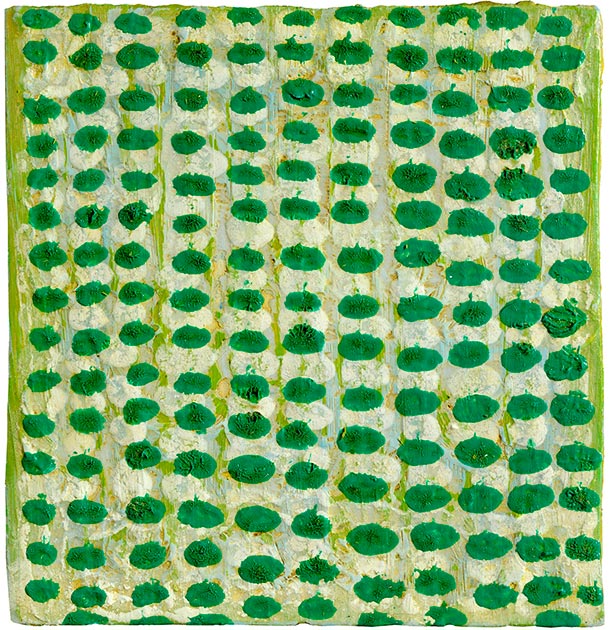
CBP: You’ve talked in past articles about decisions about when and how you use paint are strongly guided by your empathy for work which has been created by other women painters. Is this through mark making appropriations or another type of approach and sensibility? Has this changed for you more recently?
CB: This is a very different question now. Things have changed and come to an end in Europe. Women and men are equal. It will take time and all will get used to it. For six years I was part of Obscure Secure1 and we were not sure if change will really come. I am so glad that things have changed forever.
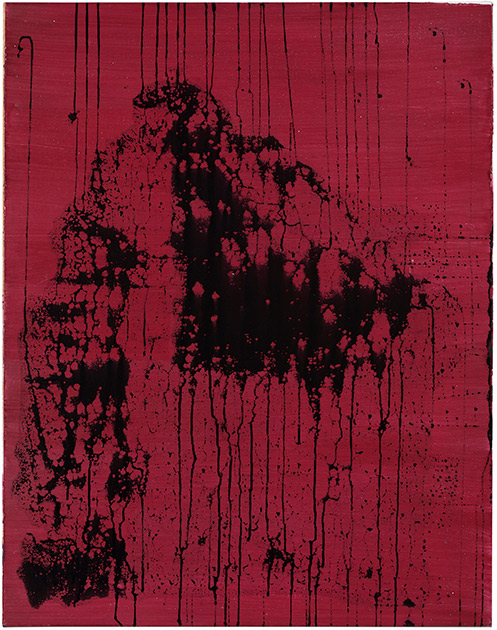
CBP: Can you talk about how you work with colour to build mood and space in your painting?
CB: This question is amazing for all painters. There are growing moods supported by colours we use in a personal way. I have always painted with the same ambition, origin and style and mood. I also always use in painting white, yellow, earth colours and pink to have a presence. There are so many different colours of each. I wonder how many colours I touch in my life?
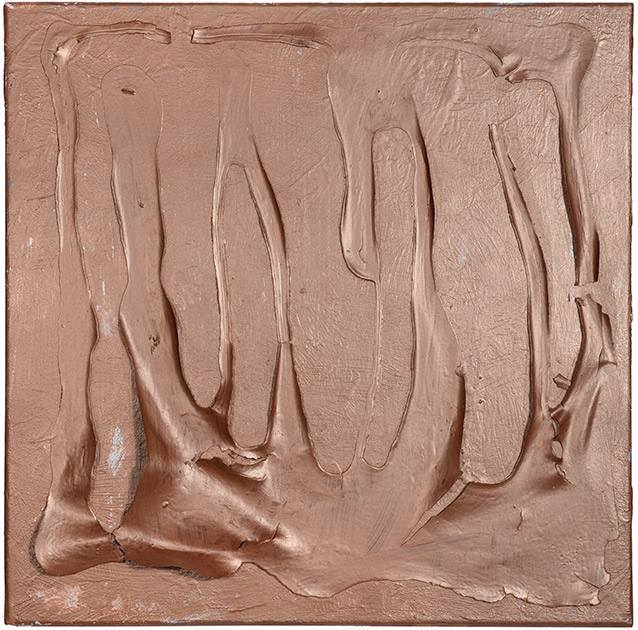
CBP: How prolific are you as a painter in terms of routine and successful completion of works verses the abandonment of paintings?
CB: I am aware how few phases I have left to paint in my life. This is a very interesting time. I recently started getting rid of art things I really won’t need anymore. New things will come too, I am sure.
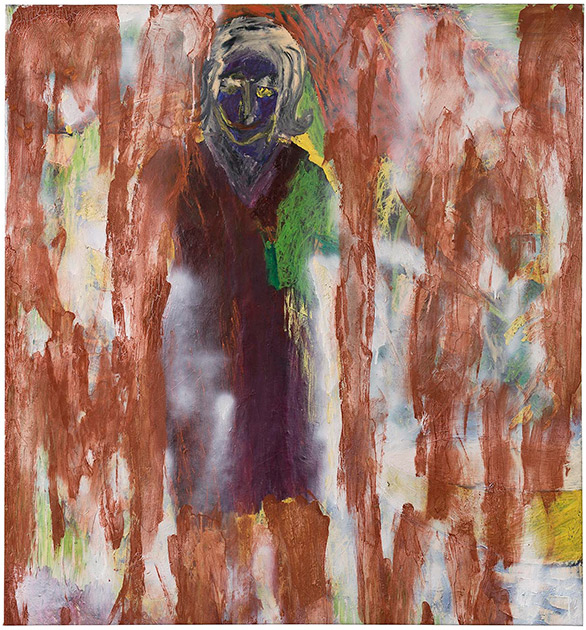
CBP: What are you working on right now?
CB: I am painting new work. I am also getting my studio open for September.
1. Obscure Secure is an artist-led collaborative project focusing on work by 20thc women artists, initiated in 2013 by Claudia Böse, Hayley Field and Jacqueline Utley with a practice based research exploring the visibility of women artists in collections. The name Obscure Secure was taken from one of The Hawstead Panels at Christchurch Mansion, most available writing about the panels say they were probably painted by Lady Drury in 1610. The panel ‘Obscure Secure’ has an image of a bear in a cave with the text beneath it. We decided to use this title because the words and image resonated with working with collections, where work is often hidden but kept safe.
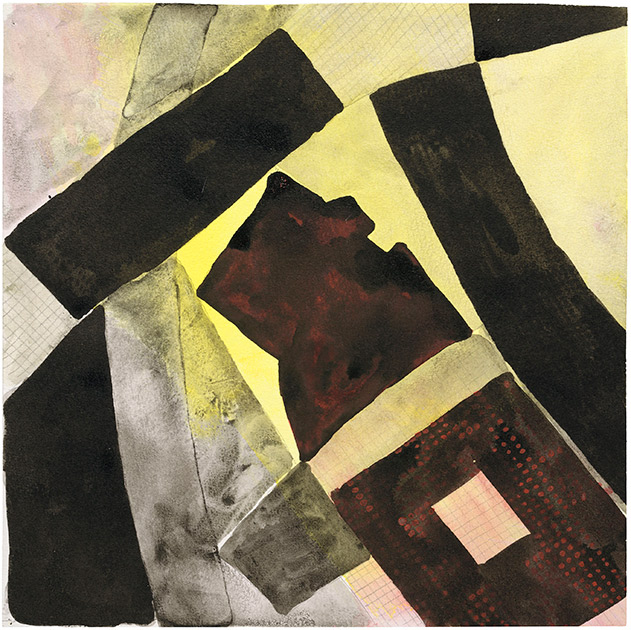
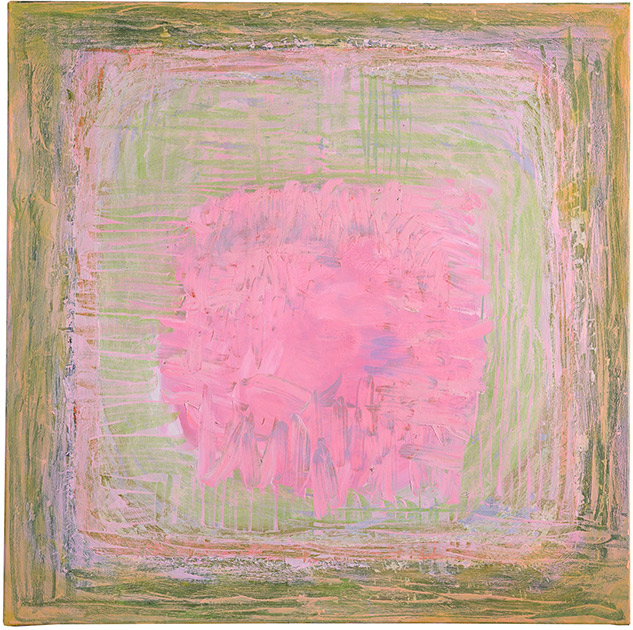
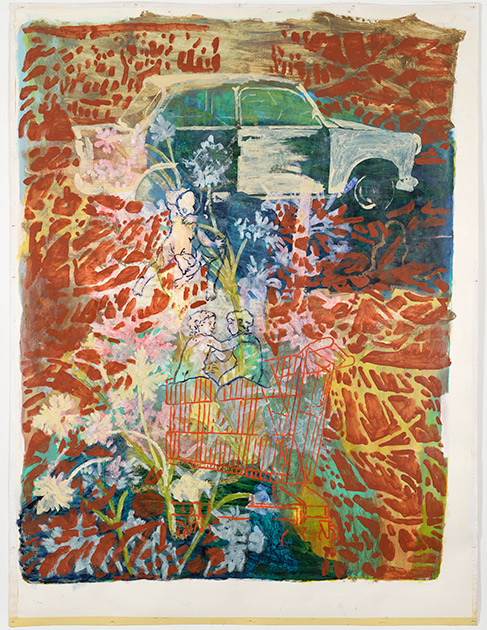
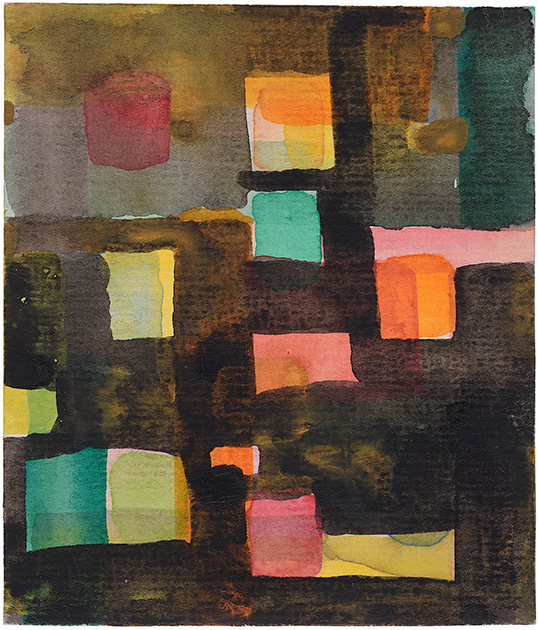
Claudia Böse was born in Nueremberg, Germany in 1963 and trained at Central St. Martins and the Royal Academy Schools in London. Her awards include the International Bursary, Arts Council Ireland and the Travel Grant, European Cultural Foundation for residencies in Ireland and Poland. She was also the recipient of the Something useful project in India as well as being a collaborative artist of ‘Obscure Secure’, a project supported by the Arts Council England. Her paintings have been exhibited England, Ireland, Germany, Poland, Spain, Florida and India. She is working in a church tower and has been based in Suffolk since 2002.
Recent exhibitions include: 2024; Slow Painting, Contemporary British Painting & Guests, Studio KIND at the Cornstore & The Plough Arts Centre, Exeter, 2022-3; Animal, Vegetable, Mineral, Saxmundham, Suffolk, 2022; Wells Art Contemporary, Vitalistic Fantasies, Elysium, Swansea, Paradoxes, Contemporary British Painting, Isle of Wight, Quay Arts Centre, A Generous Space, Hastings Contemporary.
Featured image- Bathroom by Claudia Böse. Watercolour, spray paint and acrylic paint.
Supplemental- A kinship of process. British-Canadian artist Jarrod Barker’s “Some Assembly Required” 2024. Acrylics.
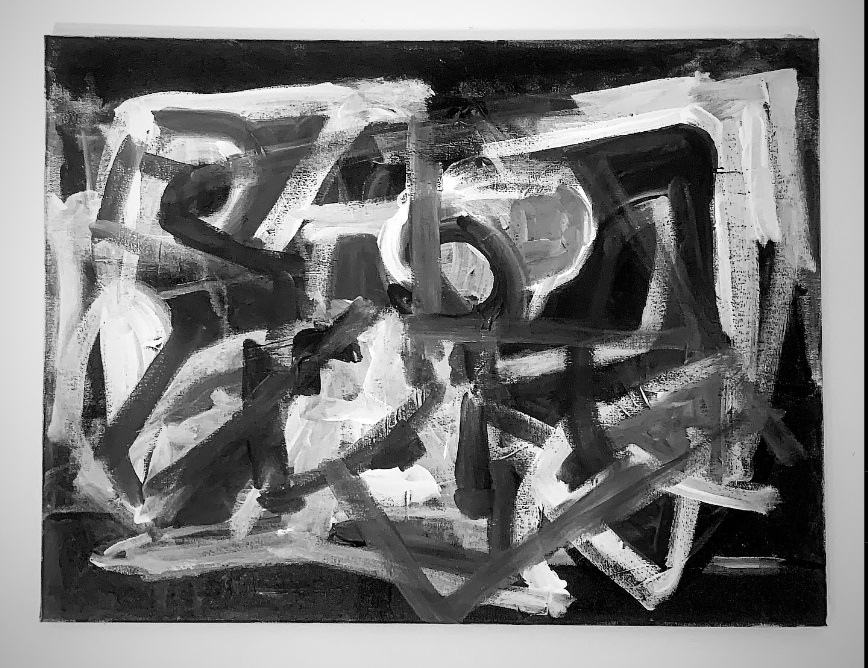



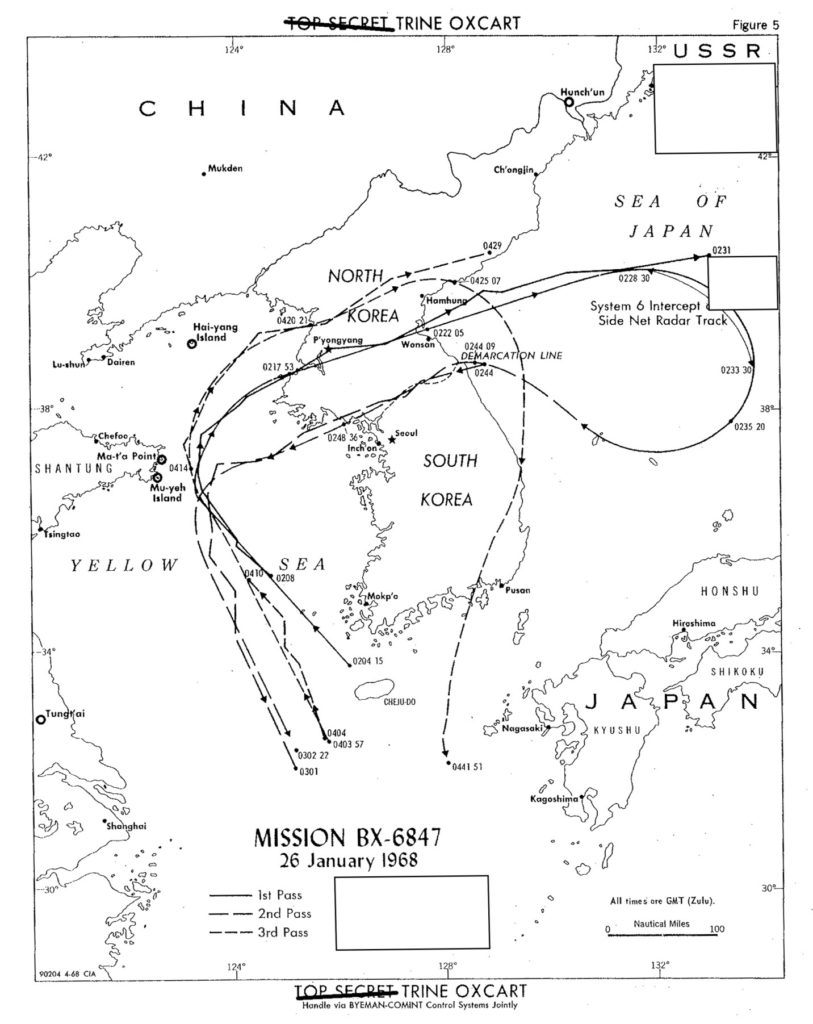







 About Golden Concept
About Golden Concept